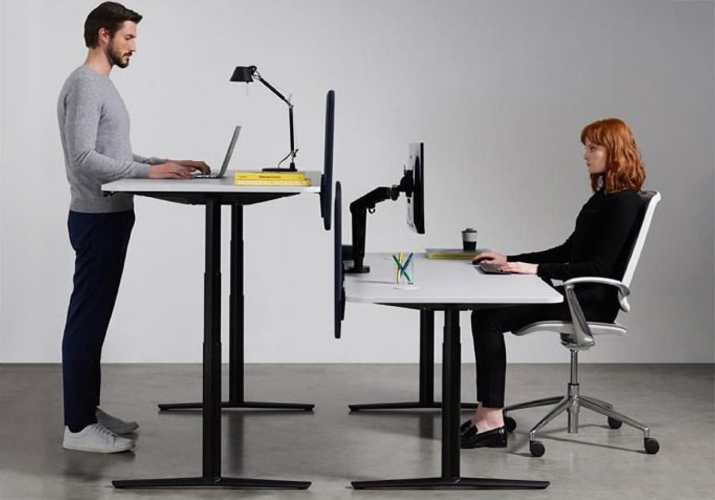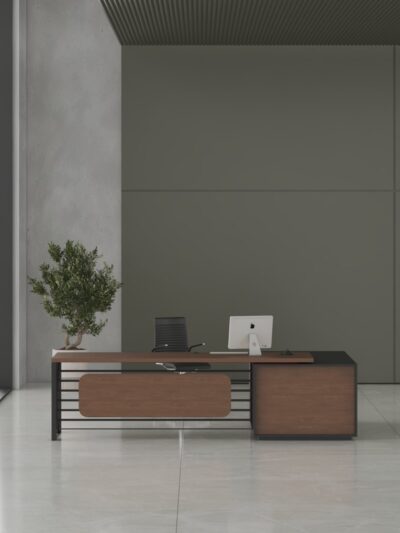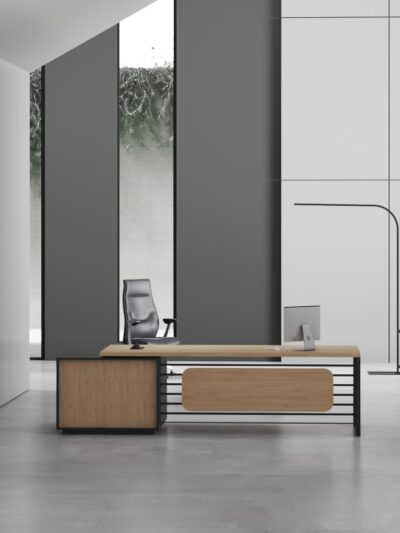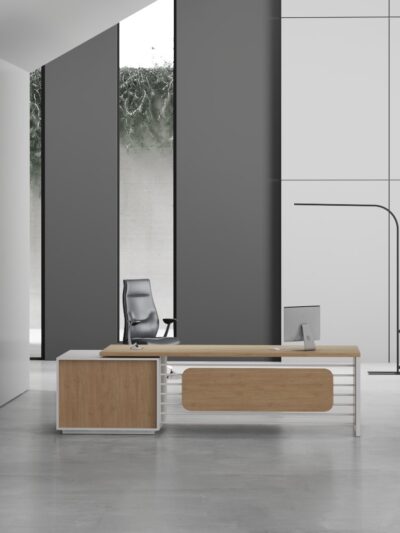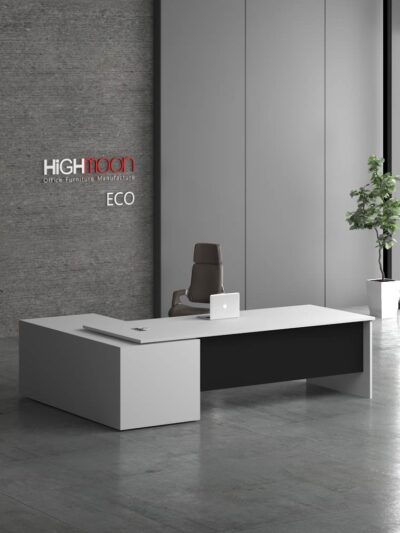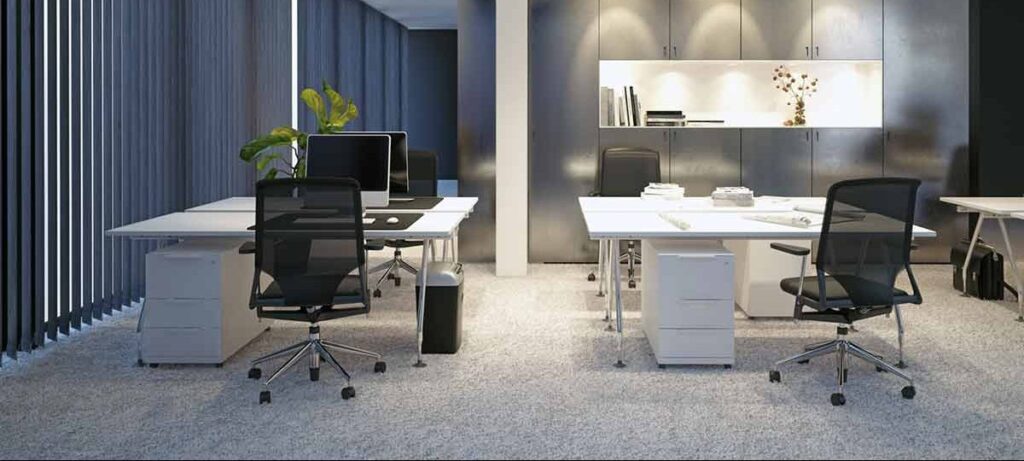-
Blitz Reception Desk
Select options This product has multiple variants. The options may be chosen on the product page -
Class Executive Desk (White Leg)
Select options This product has multiple variants. The options may be chosen on the product page -
Cube Executive Desk (Black Leg)
Select options This product has multiple variants. The options may be chosen on the product page -
Cube Executive Desk (White Leg)
Select options This product has multiple variants. The options may be chosen on the product page -
Cube Manager Desk (Black Leg)
Select options This product has multiple variants. The options may be chosen on the product page -
Cube Manager Desk (White Leg)
Select options This product has multiple variants. The options may be chosen on the product page -
Cube Reception Desk (Black)
Select options This product has multiple variants. The options may be chosen on the product page -
Cube Reception Desk (White)
Select options This product has multiple variants. The options may be chosen on the product page -
Cube Straight Manager Desk (Black Leg)
Select options This product has multiple variants. The options may be chosen on the product page -
Cube Straight Manager Desk (White Leg)
Select options This product has multiple variants. The options may be chosen on the product page -
Duct Reception Desk
Select options This product has multiple variants. The options may be chosen on the product page -
Eco Executive Desk
Select options This product has multiple variants. The options may be chosen on the product page
It is no longer a new concept to incorporate ergonomic design elements into your design. There is an ergonomic option for everything, whether it’s accessories, office furniture, or design.
Why does it matter?
Human beings have shaped bows and baskets according to their needs since ancient times. The principle of adapting working conditions to people is not a new idea; it has been practiced since the beginning of mankind.
Modern technology has resulted in a variety of highly specialized work environments, many of which are incompatible with human needs and preferences. As a result of prolonged sitting, our posture can deteriorate, which can lead to chronic illnesses such as back pain.
Is it possible to set up your workplace so that you can work ergonomically and therefore more healthily?
Let’s explore.
The study of ergonomics is the science of how people interact with their environment and how they are able to optimize their interaction in order to achieve better health, productivity, and comfort.
In designing an office for you or your employees, ergonomic design elements plays a crucial part, since it involves creating a space that is comfortable and functional for both of you, as it refers to creating a space that is both comfortable and functional for both of you.
We are going to provide you with some ergonomic office design recommendations in this article that you can implement right away as part of your office design process:
1. Using Ergonomic Furniture
In order to encourage good health and safety in the workplace, employers must invest in the right office solutions. In this case, “Ergonomic Furniture” plays a vital role. An ergonomic office furniture piece needs to be comfortable and adapt to the shape of the human body.
For a chair to be ergonomic, the backrest should be curved so that it supports the natural curve of a person’s back. As a result, the user sits straighter and prevents slouching forward, which is often associated with back and neck pain. By investing in good ergonomic furniture, you not only reduce the risk of developing musculoskeletal disorders such as damage to your neck and back, but you also increase your productivity.
The design of ergonomic furniture is specifically intended to improve efficiency and comfort in the workplace. For example, in contrast to traditional office chairs, ergonomic chairs help keep the body in a safe, upright position to reduce stress on the spine, neck, and hips.
Simple features, like neck and shoulder supports and backrests that support the natural curve of the spine, can help prevent cervical spondylosis (neck arthritis) later in life.
A chair that has an adjustable height will ensure your feet are flat on the floor and your knees are parallel to your hips, further strengthening your posture. Using an ergonomic chair can prevent you from exerting pressure on your hips, as the seat depth is between 2 and 4 inches from your knees.
One of the most important functions of an ergonomic chair is its ability to be adjust. An adjustable office chair can reduce workplace injuries, which is not possible with most traditional office chairs.
Another trend in ergonomic design elements is the height-adjustable desk more commonly known as standing desks, which is becoming more common in offices as a way to encourage employees to move more.
A study found that NHS employees who stood at their desks were able to spend more than an hour less sitting down per day than their colleagues. Based on the British Medical Journal’s year-long study, the 77 employees also reported less fatigue and increased engagement when using height-adjustable workstations, while their musculoskeletal problems also improved.
Height-adjustable desks are available in a variety of shapes, sizes, and mechanisms that all reduce the risk of aches, injuries, and cardiovascular diseases.
It is estimated that an employee’s muscle activity is almost 2.5 times higher when they are standing at work, which further reduces their risk of workplace injuries. Modern ergonomic desks feature dual motor electric systems that make adjusting the height effortlessly.
2. Adding Ergonomic Accessories
The concept of ergonomic design elements has evolved far beyond desks and chairs in the past few decades. In this category, you will find a variety of accessories. Among the best ergonomic office products and accessories are under-desk keyboard trays, ergonomic footrests, and monitor arms.
So which ergonomic design elements and accessories will improve your employees’ productivity?
The type of environment your employees work in and the type of work they do determines this.
Here are some ways to think about your office environment:
What is the average daily use time for employees of the product? Do they have the chance to change posture or stretch every 30 minutes or so in their line of work?
The frequency of position changes: How often do you have to sit and stand throughout the day? Does the person need to adjust the equipment’s height or tilt?
Negative impact: The first two points affect this one. What effect would the lack of certain pieces of equipment have on their long-term health depending on their job roles?
Different situations require different ergonomic design elements and accessories. Here are our 3 go-to ergonomic accessories for every office.
Ergonomic Footrests: It can be challenging to sit ergonomically at your desk. Your arms at the keyboard should be parallel to the floor, your monitor should be at eye level. Also, your feet are to stay touching the floor, thereby having support. If everything else is fine, but your legs are dangling, you need a footrest. Besides ergonomics, footrests can also encourage healthier, more “active sitting”. Hence you allow your feet to rock back and forth, improving leg circulation.
Under-desk keyboard trays: An adjustable keyboard tray provides maximum ergonomic benefits and greater levels of comfort for workers in any industry. An ergonomic keyboard tray can improve the overall usability and ergonomic functionality of a workstation. This beocomes possible when combined with height-adjustable desks and other ergonomic furniture.
Ergonomic monitor arms: A monitor arm allows you to adjust your monitor’s height, depth, and, in most cases, angle to the most comfortable position. It will improve your ergonomic posture and reduce eye strain, back pain, and neck pain, whether you’re sitting or standing.
3. Bring some greenery into the office
It is great to have plants in your office because they not only liven up the space, but they can also help improve the air quality. In addition to improving the air quality, plants can also enhance the work environment.
Employees can get a lot of inspiration from them. In recent years, planters have become increasingly popular as office furniture. The reason is that it improves the work environment, which boosts employee happiness, productivity, and creativity.
Planter cabinets are a great way to add some life to your office space. You can also use them for storage. There are numerous reasons why we recommend planter cabinets over traditional filing cabinets. Mainly because these are excellent for organizing and storing office files. You can even decorate them with plants, which adds an aesthetic touch while also saving you space.
You may be wondering how they work. The manufacturer made the planter cabinets from a durable material that can withstand any weight. . You can place them anywhere in the office. However, it’s best to position them near windows or natural light sources so that the plants receive sufficient light.
The office decor should reflect your brand, just as the furniture and interior design must be ergonomically designed. Ergonomic design elements go beyond the physical environment.
In this case, workspaces should be designed to meet the needs of each worker and to be more inclusive. All workers, including those with disabilities and pregnant women, need an environment that accommodates their needs.
Ergonomics also means enabling workers to adjust their workstations as needed. In addition to this designing office furniture specifically for a particular task is also necessary.

